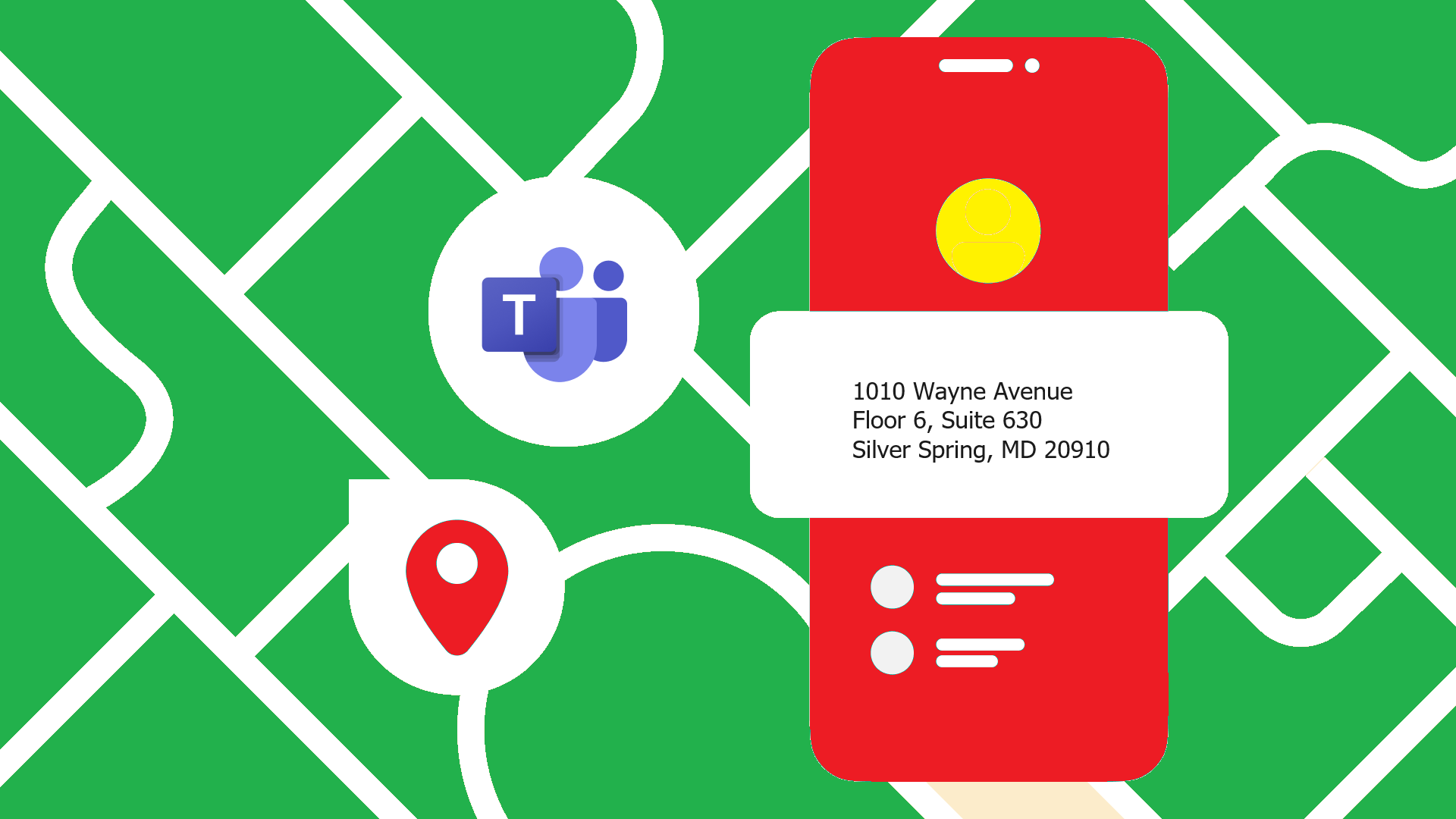Nomadic E911
“Does Microsoft Teams Calling support Nomadic 911?” This was one of the questions that emailed to me after my March 7 blog post titled “Deep Intel on Nomadic E911 Service”. The short answer is… YES! It does. If you get Microsoft Teams Calling with Atlantech Online, you can still have the security of knowing that Nomadic E911 is supported. The longer answer is… well, I wrote this blog post to address the answer to this question.
As an aside, maybe I should review the definition of Nomadic E911. Instead of relying on fixed location information (such as the physical address of a desk phone in an office), nomadic 911 allows users to move freely around the campus or the enterprise while providing their most current location information to public safety at the time of a 911 call.
Nomadic E911 service works with Microsoft Teams Direct Routing by using E911 Dynamic Location Routing (DLR) capabilities. While the majority of the configuration and location management is performed within Microsoft Teams, Atlantech Online provides our customers with the critical interconnectivity to public safety. We route the calls to the appropriate public safety answering point (PSAP) and make the location information available to the 911 call taker.
Atlantech Online provides:
- Reliable 911 call routing anywhere in the United States.
- Real-time address analysis and verification to meet public safety standards.
- Location validation testing using “933.”
Microsoft Teams and Nomadic E911
What enables Microsoft Teams to support Nomadic E911 capabilities is to have emergency locations tracked within the Microsoft Location Information Server (LIS). Users are added and assigned to physical locations including a street address plus any other relevant location information such as floor, suite, or room. In addition, Teams allows enterprises to specify network locations of WiFi access points and IP address subnets. The majority of Teams 911 calls will use the most current, dynamic location for call routing and display of the address to public safety. The static or pre-provisioned address will be used in the event that a dynamic location is not provided. At the time of a 911 call, the location of the WiFi access point or subnet that the user is currently connected to will be provided to the PSAP. This capability provides the most accurate caller location to first responders, setting the stage for faster emergency response.
Based on the information provided to us by our customer, Atlantech Online provisions the street address for a building or office. We can optionally assign places, which are more specific in-building locations such as floor, suite, or room number. 1010 Wayne Avenue, Suite 630, Silver Spring, MD 20910 is an example of this. Both Emergency Addresses and Places are provisioned either in the Teams Admin Center or via PowerShell.
Keeping Track of Nomadic E911 Entries
Initial physical address validation is performed automatically within Microsoft Teams by Azure Maps during setup of Emergency Addresses. If a match is found, the corresponding geographic coordinates (latitude/longitude or X,Y) are automatically calculated. If a match is not found, Teams provides the ability to create an emergency address through manual entry or by using a pin-drop feature. At the time of a 911 call, Atlantech Online performs real-time address analysis and verification to ensure the location information is consistent with industry-recognized standards for public safety.
Because much of the workforce is mobile and because many people occasionally work from home, Nomadic E911 must support employees who work from home or public places like coffee shops. While the Trusted IP addresses of the enterprise are whitelisted within Teams, most work-at-home users are subject to occasional dynamic IP address changes by their ISP. Because of this, setting up the user’s home network as a Trusted IP address is not recommended. For any 911 call originating outside the corporate network, (i.e, calls from airports, coffee shops, etc.) the caller’s location is unknown to Microsoft Teams. In these cases, the call will be routed to a nationwide 24/7 Emergency Call Center (ECC) for call processing and manual transfer to the correct PSAP. This emergency call behavior is consistent with both 911 industry best practices and regulatory considerations.
What happens when I move to a different office location in another state and call 911? Assuming that all emergency address, subnets, and WiFi access points have been correctly provisioned for all Network Sites, users can move seamlessly between all enterprise locations with Dynamic E911. If a user moves to a different Network Site in another state and attaches to the corporate network, the current location information will be provided to public safety during a 911 call.
Nomadic 911 is supported, even for our Microsoft Teams Calling customers. We are seeing a lot of interest in Teams Calling as customers are seeking to leverage their monthly spend on Microsoft 365 to get the most value. Additionally, Microsoft has done an excellent job with development of the Microsoft Teams application, both on the desktop and for mobile devices. They continue to update the app, bringing more functionality to the software and improving it’s capabilities. We believe in Teams Calling so much, we use it ourselves. Call us today so we may learn more about your requirements and if Teams Calling may be best suit them.

